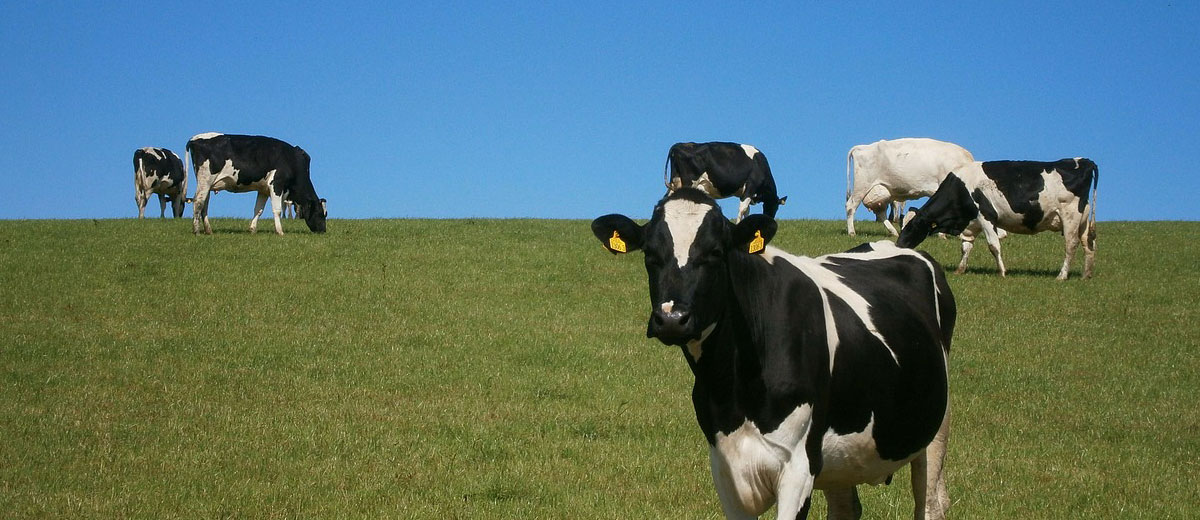
G.O.A.T. – Targeted Grazing
By Kaitlin Burns, MSc, AAg, Agri-Environmental Specialist, Moose Jaw
Targeted grazing is using a specific species of livestock to control the spread of unwanted vegetation (i.e., a target plant species) such as noxious weeds or shrub encroachment. The goal is to reduce the competitive advantage of the target plant species relative to the desirable vegetation within the community. Targeted grazing offers an opportunity to implement a non-herbicide practice on their operations when herbicide application is not environmentally feasible, when the infestation is too large and costly to treat, and/or when the area is inaccessible. Targeted grazing is another tool in the toolbox and can be used in combination with other weed control methods (i.e., biological, chemical, mechanical, prescribed burn) to increase effectiveness, termed integrated weed management.
What are some considerations to implement targeted grazing on your operation?
- Goals and Site Selection
Planning before starting a targeted grazing project is essential. Think about your goals and how you will achieve them. What is your budget? Consider the additional fencing and watering systems required. Are there any environmental concerns? Does your site overlap with critical habitat? Is the site accessible for trucks and trailers? Define the project area and be sure to take inventory of both the non-target and target vegetation and remove any poisonous vegetation. Determine when each target plant species would be most susceptible to grazing. - Livestock Species
Selecting the appropriate species of livestock to control the target plant species is critical. The various species of livestock tend to select for certain types of plants and are generally separated into three groups based on their feeding preferences:- Bulk feeders (or grazers) (i.e., cattle, horses, and bison) prefer grass-based diets and flatter terrain close to water, are less selective and are more susceptible to toxins.
- Selective feeders (and browsers) (i.e., goats) prefer to eat broad-leaved plants and shrubs, prefer steeper terrain, and are less susceptible to toxins due to their greater mastication abilities and large liver size (relative to their body mass).
- Intermediate feeders (i.e., sheep) will consume grass, broad-leaved plants and shrubs and they are intermediate in their susceptibility to toxins.
- Applying Livestock to the Chosen Site
Once you determine a grazing species that can help control the target plant species, consider when and how grazing will be most effective. Apply the chosen livestock species to the site when the target plant species is most susceptible to grazing and least toxic. Grazing intensity needs to inflict maximum damage to the target plant species, while minimizing impacts on the desirable plant species. Grazing intensity is determined by stocking rate, duration and frequency. Stocking rates are generally higher to apply maximum pressure to target plants. Animals should graze the site repeatedly and this application may take several years.
Under the Resilient Agricultural Landscapes Program (RALP), there is funding available to assist producers who choose to manage large-scale invasive plant infestations using targeted grazing. To learn more about the Targeted Grazing Beneficial Management Practice (BMP), call the Agriculture Knowledge Centre at 1-866-457-2377 to speak with your local agri-environmental specialist.








































